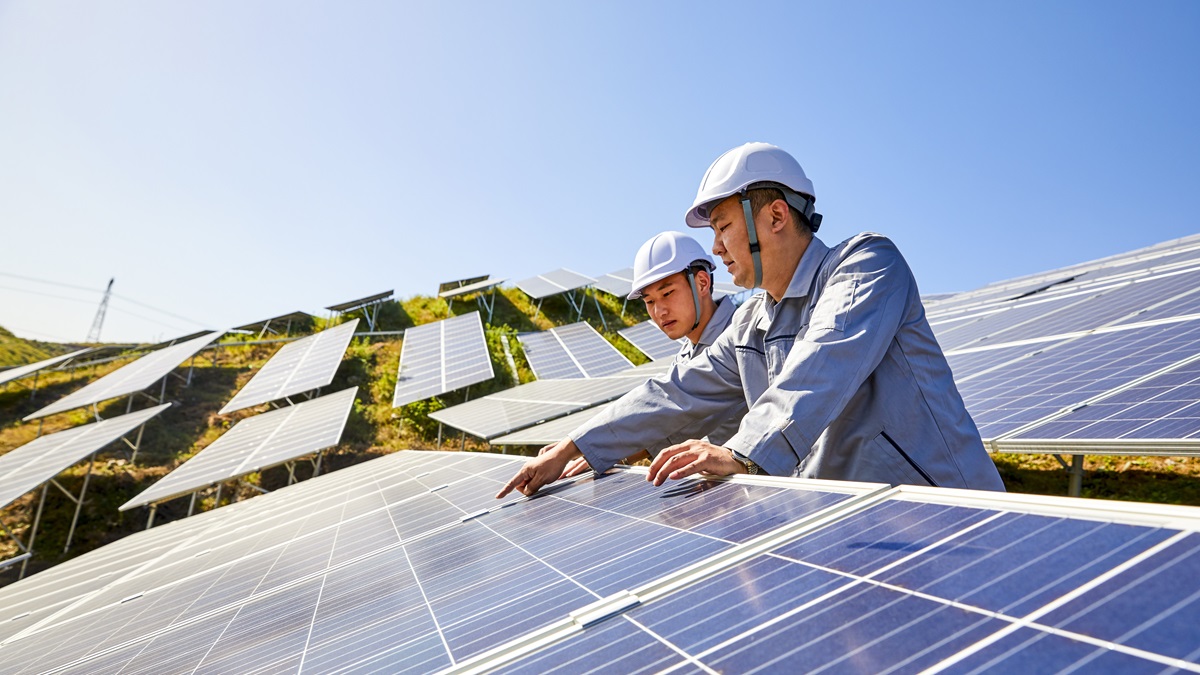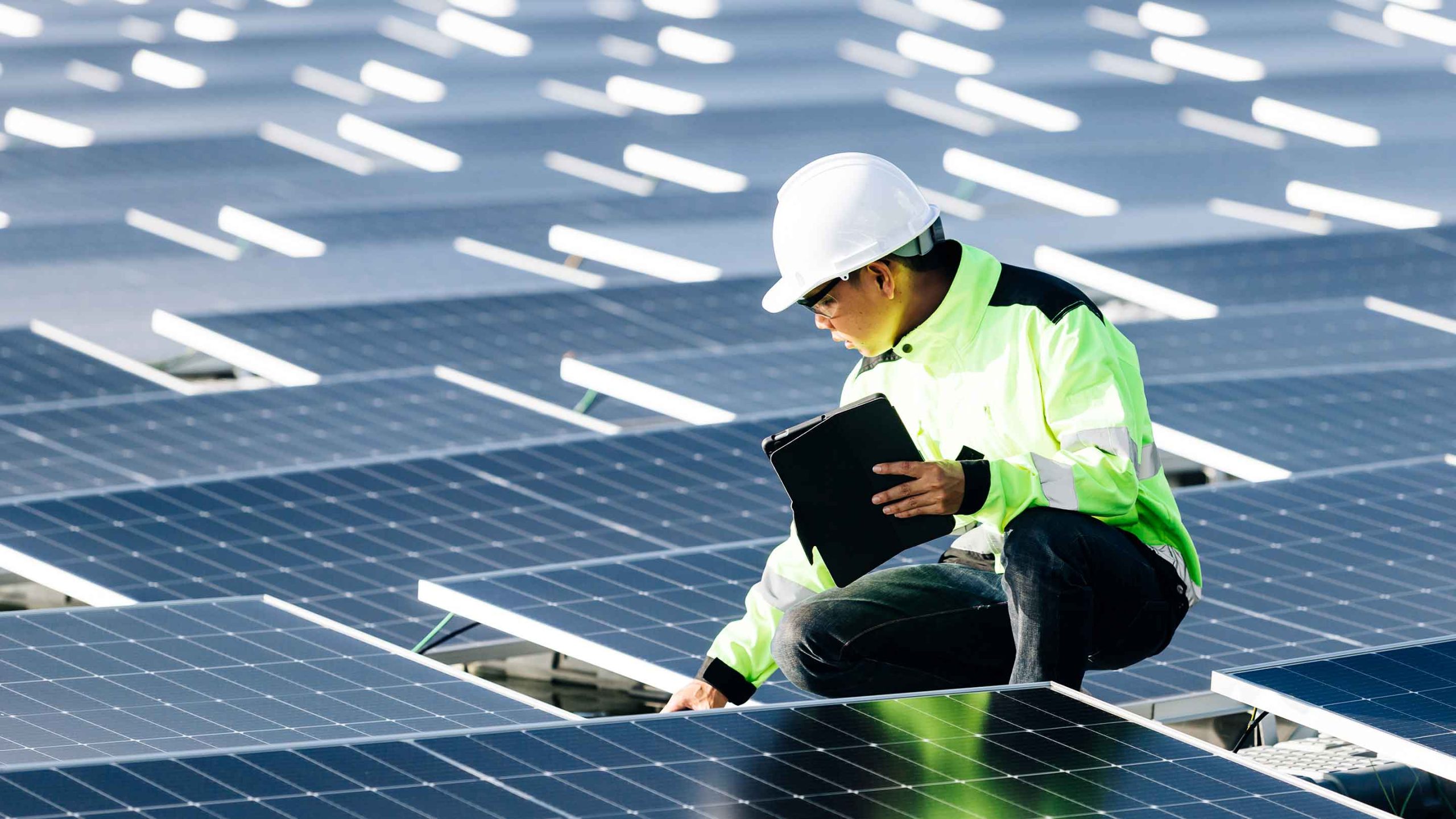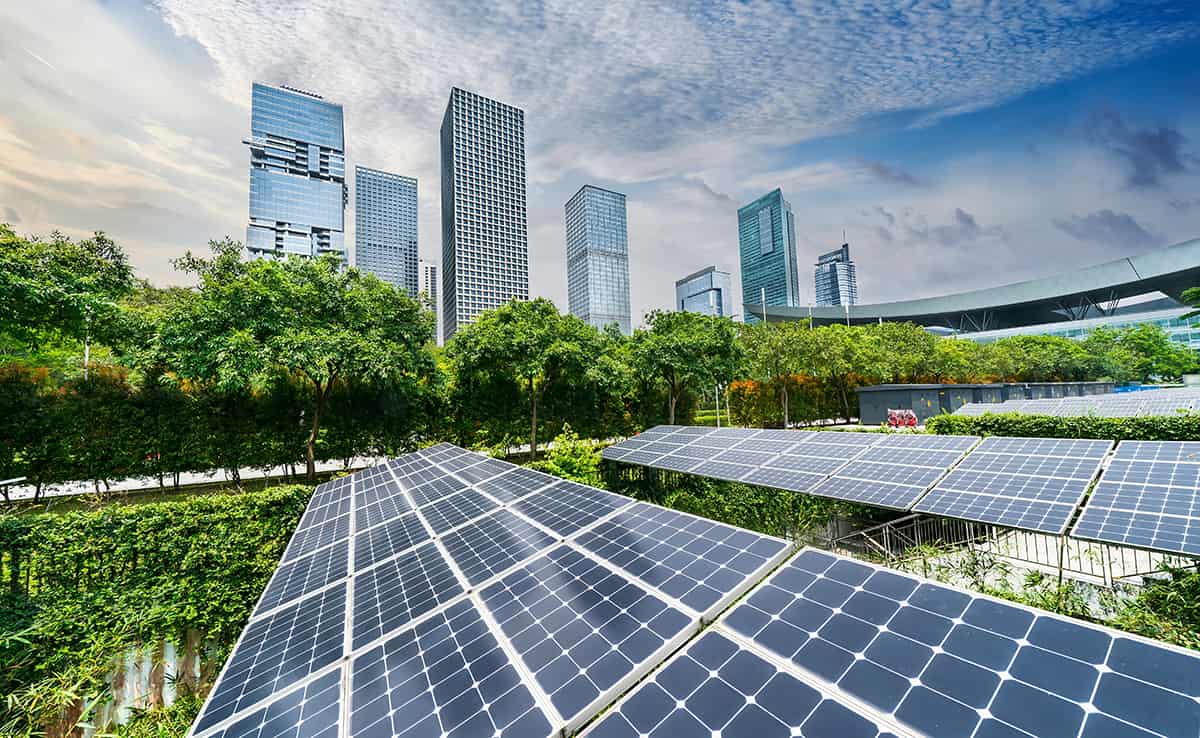The Future of Business and Energy: Powering Growth Through Innovation and Sustainability
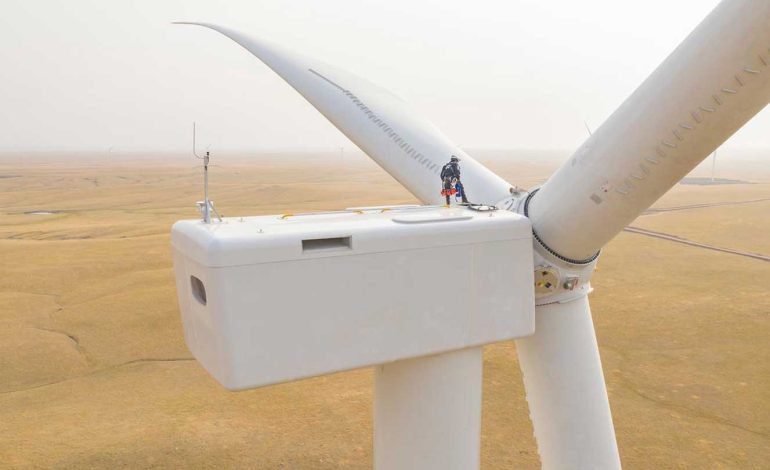
Energy is the backbone of global business. From manufacturing plants to digital networks, companies depend on reliable power to keep production moving and markets connected. Yet, the world is experiencing an energy transformation unlike any in history. Pressures from climate change, emerging technologies, and shifting economic priorities are driving businesses to rethink how they produce, distribute, and consume energy.
Today’s business leaders must navigate a changing landscape—one where sustainability and profitability are no longer separate goals, but deeply linked. This article explores the current state of the energy sector, the opportunities ahead, and the strategies businesses are adopting to stay competitive in a greener world.
The Shift Toward Renewable Energy
Fossil fuels such as oil, coal, and natural gas have powered industries for decades. They remain critical resources today, but their environmental impact and rising regulatory demands are accelerating a global pivot toward renewable energy.
Key renewable sources include:
-
Solar
-
Wind (onshore and offshore)
-
Hydropower
-
Geothermal
-
Biomass
The cost of renewable technologies has fallen dramatically over the past decade, making them more accessible for businesses of all sizes. Large corporations are increasingly investing in renewable power purchase agreements, while small enterprises adopt rooftop solar and energy-efficient upgrades.
Transitioning to cleaner energy offers multiple advantages:
-
Lower long-term operating costs
-
Brand reputation and consumer trust
-
Compliance with environmental standards
-
Reduced exposure to fossil fuel price volatility
In the competitive market, sustainability has become a business asset—not just a responsibility.

Energy Storage: Solving the Intermittency Challenge
A major challenge for renewable energy is intermittency: solar power only flows when the sun shines, and wind energy depends on weather conditions. To counter this, businesses and utilities are investing heavily in battery technology and energy storage systems.
Advanced storage systems ensure:
-
Energy reliability during peak demand
-
Grid stability even when renewables fluctuate
-
Backup power for critical operations
Lithium-ion batteries currently dominate the market, but innovations such as solid-state batteries, hydrogen storage, and thermal systems are expected to reshape the future.
As energy storage improves, renewable power becomes a more dependable solution for business operations.
The Role of Digitalization in Energy Efficiency
Modern businesses are using digital tools to monitor and optimize their energy usage. Technologies like AI, IoT sensors, and big data analytics provide real-time insights into consumption patterns.
Digital energy management systems help companies:
-
Reduce waste and inefficiency
-
Predict maintenance needs for equipment
-
Automate power distribution within facilities
-
Cut unnecessary operational costs
Smart factories and smart buildings can adjust lighting, heating, and machinery performance automatically, aligning energy use with real demand.
The result is improved productivity with a lower environmental footprint.
Hydrogen: A Promising Fuel for Heavy Industries
While renewable electricity can power many applications, sectors such as steelmaking, chemical production, shipping, and aviation require high-energy fuels. This is where clean hydrogen emerges as a promising solution.
Green hydrogen—produced using renewable power—can:
-
Replace fossil fuels in industrial processes
-
Power long-distance transportation
-
Support grid flexibility and energy storage
Governments and private investors are expanding hydrogen infrastructure, seeing it as a critical piece of the future clean-energy puzzle.
Businesses that adopt hydrogen early may gain a competitive advantage, especially in carbon-intensive industries.
Corporate Sustainability and ESG Responsibility
Consumers, employees, and investors increasingly want businesses to demonstrate responsibility toward the planet. Environmental, Social, and Governance (ESG) criteria have become central to corporate strategy.
Energy initiatives that support ESG goals include:
-
Carbon-neutral commitments
-
Waste management programs
-
Sustainable supply chain practices
-
Support for green innovation
Companies with strong ESG performance attract more investment and build deeper customer loyalty. Energy transformation is now integral to staying credible in the global marketplace.
Government Policy and Regulatory Influence
National policies shape how energy markets develop. Many regions are implementing carbon taxes, emissions-reduction targets, and incentives for green solutions. Businesses must adapt to these changes to remain compliant and competitive.
Examples of policy impacts:
-
Financial credits for renewable installations
-
Restrictions on high-emission technologies
-
Grants for clean-energy R&D
-
Energy-efficiency mandates for construction
Aligning business strategy with regulatory trends allows companies to seize opportunities and avoid costly penalties.
The Growth of Electric Mobility
Transportation is one of the largest contributors to global emissions, and businesses are rapidly transitioning to electric solutions.
Corporate changes include:
-
Electrifying company vehicle fleets
-
Installing EV charging stations for customers and staff
-
Partnering with clean-mobility providers
Logistics companies, in particular, are adopting electric trucks to reduce delivery emissions and fuel costs. As EV technology improves, electrified commerce becomes more accessible and profitable.
Energy Security and Diversification
Geopolitical events and supply disruptions have highlighted the risks of dependence on a limited set of energy sources. Businesses are therefore diversifying their energy portfolios to ensure resilience.
This includes:
-
On-site renewable generation
-
Long-term fixed-price energy contracts
-
Backup systems such as microgrids
Energy security is not only a sustainability goal—it protects companies from operational downtime and financial loss.
Small Businesses and the Green Opportunity
While large corporations often lead the energy transition, small and medium-sized businesses also have much to gain. Energy-efficient upgrades—such as LED lighting, improved insulation, and smart thermostats—offer fast returns on investment.
Government grants and financing programs make renewable solutions more affordable than ever. Local businesses that embrace energy innovation can reduce costs and enhance community reputation.
The green economy creates opportunities across industries—installation, manufacturing, consulting, and service jobs are growing quickly.
The Road Ahead: Innovation and Collaboration
The future of business and energy depends on strong partnerships:
-
Collaboration between governments and private companies
-
Investment from global financial institutions
-
Cooperation across industries to share solutions and resources
Emerging technologies—like fusion energy, advanced nuclear designs, carbon capture, and AI-optimized grids—will redefine what is possible in the coming decades. Businesses that innovate early will shape the next era of global growth.
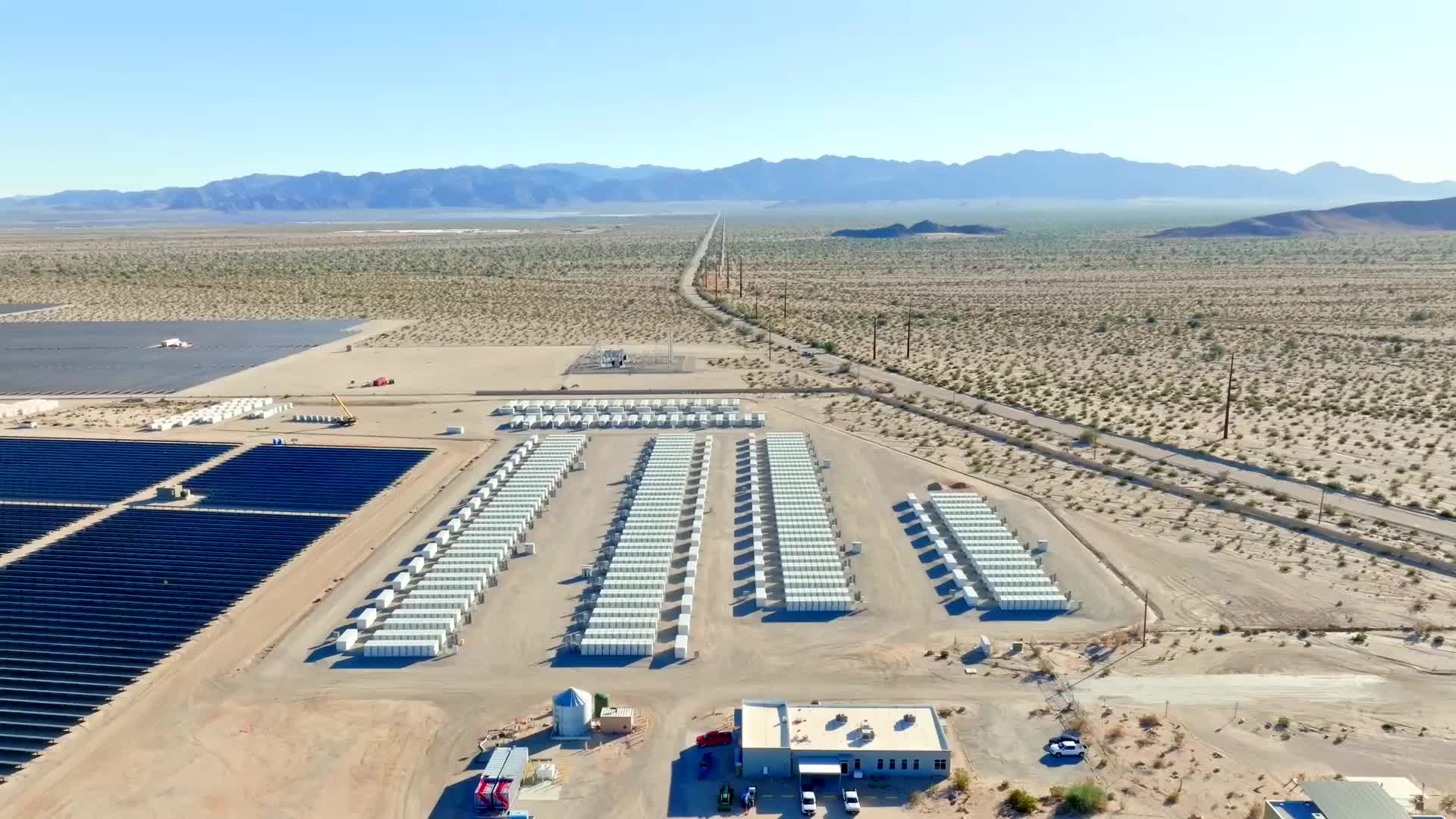
Conclusion: Energy Transformation as a Business Imperative
The world is moving toward a cleaner, smarter, and more resilient energy system. Companies that embrace sustainable energy practices are positioned not only to reduce costs, but to build stronger brands, attract investment, and prepare for the future.
The energy transition is not merely an environmental trend—it is a strategic revolution. By adopting renewable power, digital tools, and forward-thinking policies, businesses can lead with confidence and contribute to a healthier planet.
The future of business and energy is interconnected. Those who adapt will thrive. Those who resist may be left behind.


